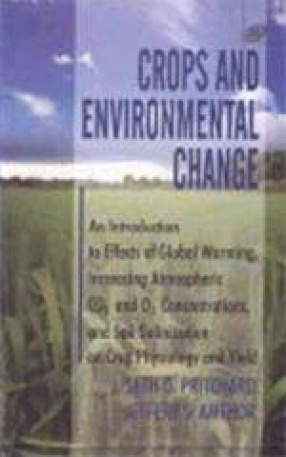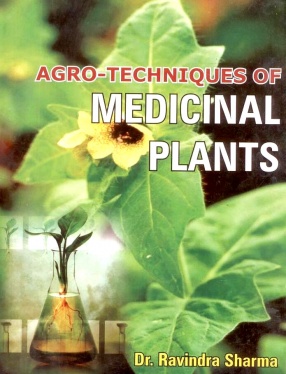A disadvantage of writing a book that touches on so many topics is that our expertise, or lack thereof, was often stretched to its limits (and perhaps beyond). The advantage, and the reason we undertook this project, is that we might integrate and interpret effects of environmental change on crops across the wide range of topics covered. The intent was to provide and introduction; much longer books could be (and in some cases have been) written on any of the individual topics touched on here. There is perhaps another significant disadvantage of writing a book of this nature. Herein we have concerned ourselves with the influence of four key global environmental changes on crop physiology and yield: global warming, increasing atmospheric CO2 and O3 concentrations, and soil salinization. It might be argued that other environmental changes could be even more important for the future of food production. For instance, increasing UV radiation resulting from the thinning of stratospheric ozone in addition to pollution of air with oxides of both sulfur and nitrogen could prove to be important global environmental changes. Degradation of soil through erosion and desertification are also pressing problems that must be addressed by the agricultural community. Unfortunately, the list of environmental changes that crops might face in the future goes on and on. We therefore chose to discuss the four environmental changes we feel are of greatest consequence based on our current understanding. Another reason we chose these four changes was because a significant knowledge base has been established in these areas and we felt that a synthesis of these topics might be especially valuable for young scientists trying to find their way through a complex literature. A Significant issue that becomes apparent from even a cursory summary of existing knowledge is that from the crop’s perspective the important point is the net effect of all the environmental changes that occur, or might occur, at any given place and time. Most research focuses on only one, or a very few, environmental changes instead of the concomitant multiple changes occurring in our world. For example, increasing CO2, O3, and global warming are all related (i.e., one is unlikely to occur without the others) through energy production from fossil fuels and all presumably will change together. Unfortunately, however, the bulk of past research has focused on one factor at a time. As a result, much is known about the effects of a change in CO2 concentration on yield of some crops, but much less is known about the effects of a change in CO2 in combination with a change in temperature, O3, and soil salinization on the yield of those same crops. It is obviously the effects of all the environmental changes occurring, rather than just CO2 (or just temperature or just O3 or just soil salinization), that is of importance to any crop. Although much of this book focuses on single factors, it was our intent to emphasize that the net effect of multiple environmental changes on a crop is far more important than the effect of a single factor on that crop.
Crops and Environmental Change: An Introduction to Effects of Global Warming, Increasing Atmospheric CO2 and O3 Concentrations, and Soil Salinization on Crop Physiology and Yield
In stock
Free & Quick Delivery Worldwide
reviews
Bibliographic information
Title
Crops and Environmental Change: An Introduction to Effects of Global Warming, Increasing Atmospheric CO2 and O3 Concentrations, and Soil Salinization on Crop Physiology and Yield
Author
Edition
Reprint
Publisher
ISBN
8181891082
Length
xii+421p., Tables; Figures.
Subjects





There are no reviews yet.